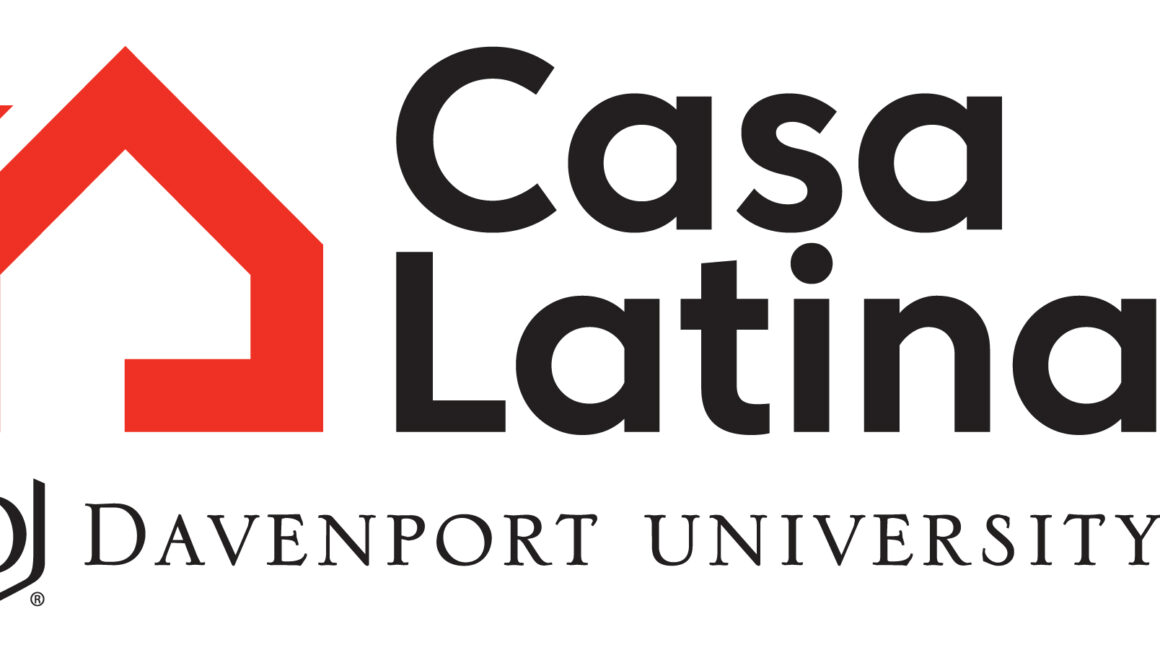
We all have a tremendous capacity for learning and we can all learn in multiple ways, if we’re motivated to do so. However, we still have learning preferences that help us gain interest in a class and build our knowledge base to excel in class. Depending on your learning preferences, it may be easier or harder for you to succeed in online classes. The good news is that everyone can learn to adapt their preferences and succeed online.
Read on to identify your learning preferences and find out what you can do to adapt your style to succeed online. And don’t forget to check out our additional tips on how you can succeed online and proper netiquette, too.
Visual learning preferences
If during class you want to say, “show me,” to your professor, so you can better understand the lesson, then you might prefer visual learning. Students with visual learning preferences like to learn by absorbing material that is presented in graphic form such as maps, diagrams or pictures. This learning style is arguably one of the best fit for an online learning environment due to the relative ease and creativity with which visuals can be presented digitally.
Tips for visual learners in an online learning environment
- Pay special attention to visual elements used during online lessons and connect images with what you’re learning to create associations you can remember
- Ask your professor to send you the graphics or presentations that were used during the lesson, so you can take the time to review them more carefully and use them to study
- Work with your professor to find out if they are willing to add more visual materials to the class website to help you better understand lessons
- Keep your preferences in mind when choosing your classes; you may prefer non-scheduled (as opposed to “live”) online courses where you can go at your own pace and take time looking through all of the information carefully
Auditory learning preferences
If during class you want to say, “tell me,” so that you can better grasp the material, then you might favor auditory learning. Auditory learners like to absorb information when it is spoken or heard. Students with this learning preference benefit greatly from group discussions, lectures and other audio-based mediums. Auditory learners should face fewer obstacles in their pursuit of online learning as many online classes function similarly to in-person classes in that lectures and discussions are regularly included.
Tips for auditory learners in an online learning environment
- Ensure you set up a dedicated space to take your classes where you’ll have limited auditory distraction and that your audio quality works well enough for you
- You may want to use headphones instead of your computer speakers to help you focus
- Pay special attention to what is said during class, more so than looking at what’s on the screen
- Ask your professor (before class) if they would be willing to post an audio recording of the lesson on the class website or if they will allow you to record the lesson, so you can refer back to it
- Keep your preferences in mind when choosing your classes; you may do best in scheduled online courses, or those that happen “live,” where class discussions and active conversation are a regular part of the agenda
Reading and writing learning preferences
If you say to yourself, “I need to write this out,” during class to better understand the lesson, then you might have a reading/writing learning preference. Students who have a preference for reading and writing like lessons grounded in text. These students prefer to be engaged in written assignments based on reading materials such as short essay responses or research papers. Luckily for those with this preference, reading and writing resources are typically a critical component of any course — whether it’s in-person or online.
Tips for reading and writing learners in an online learning environment
- Make sure you have your textbooks in front of you during class, so you can refer to them during the lesson and use highlighters to mark specifics in the text
- Try to describe the lesson in your own words in notes or a written statement, and continue to refer to these materials to build information retention
- Rewrite and reread notes from each class to help yourself remember the most important points
- Work with your professors to find out if they’d be willing to add supplemental reading and writing-based materials to the class website to help you better grasp the lessons
- Keep your preferences in mind when choosing your classes; you may prefer non-scheduled (as opposed to “live”) online courses where you can go at your own pace and take time looking through all of the information carefully while you take detailed notes
Kinesthetic learning preferences
If you say to yourself, “let me do that,” during class, you might have a preference for kinesthetic learning. Students with kinesthetic learning preferences like to carry out a physical activity to apply the information given in class. This is arguably the most difficult learning preference to transition to an online learning environment but, don’t worry — there’s still hope! Since attending an in-person class provides access to a physical space, there is greater ability to move around and interact with a lesson. Still, online instructors can provide assignments for kinesthetic learners that involve the creation of a presentation or diagram. or even conducting an at-home experiment.
Tips for kinesthetic learners in an online learning environment
- If something important is recited or demonstrated in class, you should also recite the information or act out the demonstration yourself (to the greatest extent possible)
- Create a home set-up for taking your online courses that allows you to stand and move around frequently; a standing desk can do wonders for channeling your physical energy, which should allow you to focus more on what is happening in class
- If possible, pursue volunteering, student groups or work experience that is aligned with course material, so you have the ability to act out your learning on a more continual basis
- Kinesthetic learners may find virtual reality based online courses the most engaging; though you’re not actually moving, this up-and-coming form of online class allows you to move your avatar around a virtual space and interact as if you’re in-person
The ultimate goal? Work on strengthening different learning preferences
Whether it’s in-person or online, we are all responsible for our own learning. Having learning preferences doesn’t mean you can’t excel in other ways, it just means you have a specific set of strengths and some weaknesses that can be improved upon with hard work and motivation. Seek to be the best student you can be by mastering your ability to learn in as many ways as possible.



No Responses